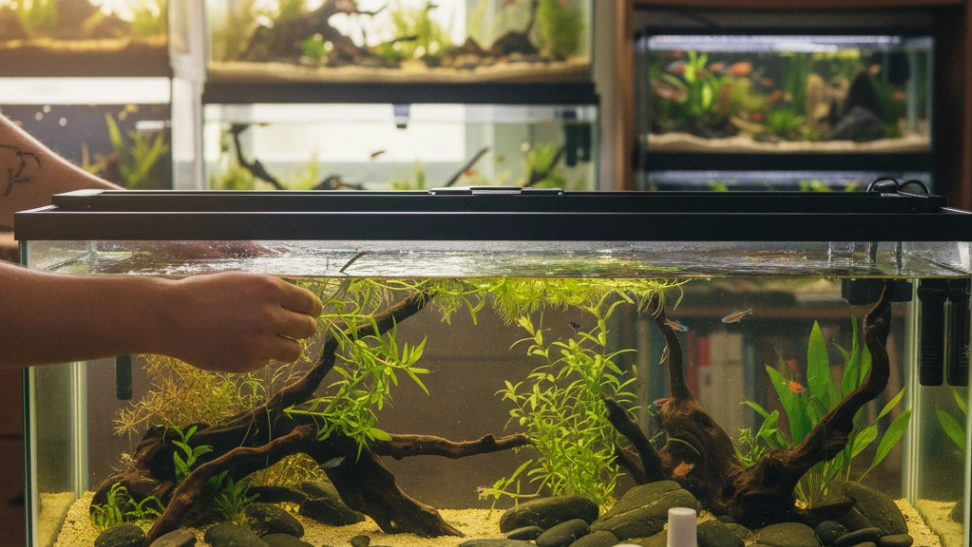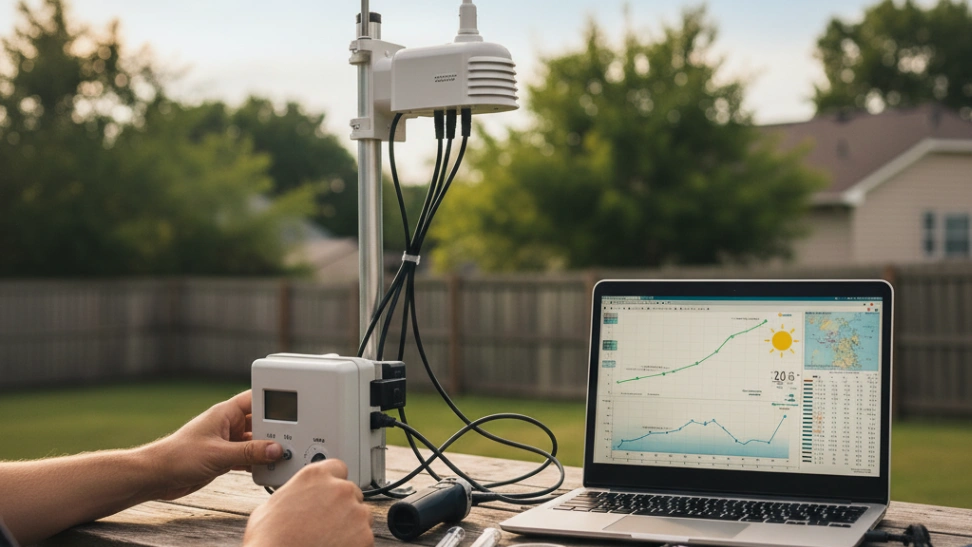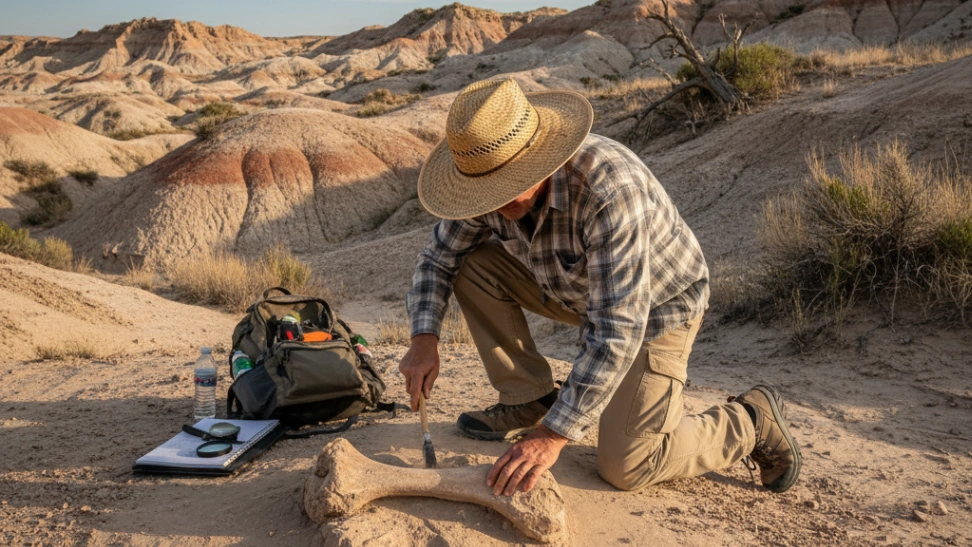The practice of keeping fish for aesthetic pleasure dates back thousands of years. Ancient Sumerians kept fish in ponds, and the Egyptians were known to keep sacred fish in outdoor pools. However, the concept of indoor aquariums as we know them today began to take shape much later. The Chinese were among the first to successfully breed and keep goldfish in bowls as early as the Song Dynasty (960–1279 AD). These early forms of domestication and display laid the groundwork for the modern aquarium. The 17th and 18th centuries saw a growing interest in natural history, and glass bowls became more common for displaying smaller aquatic creatures. The term "aquarium" itself was coined by English naturalist Philip Henry Gosse in 1853, who also established the first public aquarium in Regent's Park, London. His book, "The Aquarium: An Unveiling of the Wonders of the Deep," popularized the hobby significantly among the Victorian public. The mid-19th century marked a pivotal moment, as advancements in glass manufacturing made larger, sturdier tanks possible, moving beyond simple glass bowls to more complex, sealed systems.
Modern aquarium keeping is a complex interplay of scientific principles. Water quality is paramount, requiring careful monitoring of parameters such as pH, ammonia, nitrite, and nitrate levels. This involves understanding the nitrogen cycle, a biological process where beneficial bacteria convert harmful waste products into less toxic forms. Filtration systems, encompassing mechanical, chemical, and biological filtration, are essential for maintaining a clean and healthy environment. Temperature control, lighting for plants and corals, and appropriate substrate choices all play critical roles in mimicking natural habitats. Regular water changes, tank cleaning, and feeding regimes are ongoing responsibilities. Success hinges on creating a stable ecosystem where all inhabitants thrive, often requiring detailed research into the specific needs of each species. This scientific rigor, combined with the patience required for maintenance, forms the backbone of the hobby.
The diversity within aquarium keeping is vast, allowing hobbyists to specialize in various types of setups. Freshwater aquariums are often the starting point, ranging from community tanks with a mix of peaceful fish to biotope tanks meticulously replicating specific natural environments, or heavily planted "aquascapes" that are artistic endeavors in their own right. Saltwater aquariums, particularly reef tanks, represent a more advanced challenge, housing delicate corals, anemones, and a wider array of marine fish and invertebrates. These systems demand even stricter water parameters and specialized equipment like protein skimmers and wavemakers. Beyond the biological aspect, the aesthetic dimension is a huge draw. Aquascaping, the art of arranging aquatic plants, rocks, and driftwood, transforms a simple tank into a living artwork. This creative outlet allows hobbyists to express their artistic vision, designing miniature underwater landscapes that can be serene, dramatic, or vibrant. The visual appeal and the calming presence of a well-maintained aquarium are significant benefits that attract many to the hobby.
Aquarium keeping fosters a vibrant and supportive global community. Online forums, local fish clubs, conventions, and specialized retail stores provide abundant resources for learning, sharing experiences, and sourcing rare species. Beginners can find invaluable advice from experienced hobbyists, and experts can continuously expand their knowledge as new technologies and understanding emerge. The hobby offers a continuous learning curve, from understanding basic fish care to advanced topics like coral propagation, fish breeding, and complex water chemistry. It encourages research, problem-solving, and a deep appreciation for aquatic life. The meditative quality of observing a thriving aquarium can also be a significant stress reliever, making it not just a pastime, but a source of tranquility and connection to nature. As understanding of aquatic ecosystems grows, so does the hobbyist's ability to create more sustainable and beautiful underwater worlds. This journey of constant discovery and engagement with a living, evolving ecosystem makes aquarium keeping a profoundly enriching endeavor.



